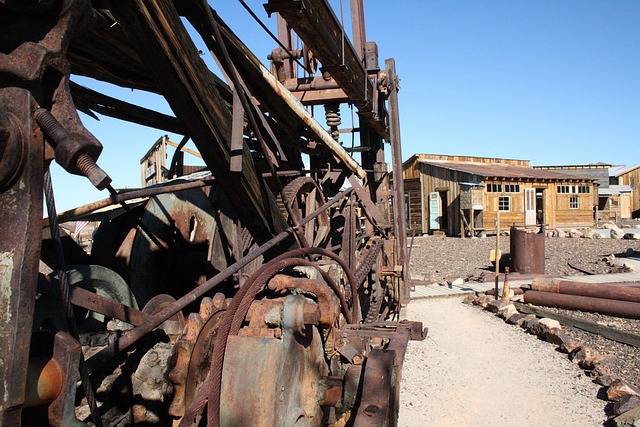Understanding seasonal dynamics is crucial for navigating the real estate market, where demand and property values fluctuate with climate changes. Summers drive up prices in desirable areas due to increased population, while winters shift preferences towards warmer climates. Properties in regions with consistent, mild weather are highly prized, while extreme seasons offer opportunities for investors who can adapt. Weather-driven migrations impact local economies and real estate landscapes, making seasonality essential for agents and investors analyzing market trends. Architects play a vital role in designing energy-efficient buildings that enhance property value and livability year-round.
In the realm of real estate, understanding seasonal dynamics is key to successful investments. While scorching summers attract bustling populations, winter months also see a surge in activity. This article delves into the intricate relationship between weather patterns and property values, exploring market trends across seasons. Additionally, it highlights architectural considerations for designing spaces that offer year-round comfort, catering to diverse climatic conditions and ensuring optimal living experiences.
Understanding Seasonal Dynamics in Real Estate: Why Location Matters

Understanding seasonal dynamics is crucial in the real estate market, as it significantly influences property values and demand. During scorching summers, populations tend to surge, driving up the need for cool, comfortable living spaces. This influx can lead to increased prices and higher rental rates in desirable areas. Conversely, winters bring a shift as folks seek warmer climates, impacting regional real estate trends.
Location becomes an even more critical factor when considering these seasonal changes. Properties in regions with mild weather year-round are highly sought after due to their consistent appeal. In contrast, places with extreme seasons may experience fluctuations, offering opportunities for investors who can adapt to the shifting market dynamics.
The Impact of Weather on Property Values and Market Trends

The real estate market is heavily influenced by weather patterns, especially in regions with distinct seasonal changes. During scorching summers, areas known for their pleasant climates experience a boom in property values and increased demand. Buyers are attracted to the outdoors, vibrant neighborhoods, and the overall quality of life these locations offer during the warmer months. As a result, real estate agents often see a surge in listings sold and prices rising due to high market activity.
In contrast, bustling winter populations can also drive market trends. Cold-weather destinations that provide recreational activities like skiing or snowy landscapes appealing to tourists may witness higher property values. These areas attract residents seeking year-round enjoyment of these amenities, leading to competitive real estate markets. Weather-driven migrations and seasonal preferences play a significant role in shaping local economies and the real estate landscape, making it essential for agents and investors to consider these factors when analyzing market trends.
Designing Spaces for All Seasons: Architectural Considerations for Year-Round Comfort

In real estate, creating spaces that cater to all seasons is essential for year-round comfort and appeal. Architects play a vital role in designing buildings that can withstand scorching summers and bustling winters while maintaining a comfortable indoor environment. One key consideration is insulation—a robust insulation system ensures temperature regulation, preventing heat gain during hot months and heat loss during cold ones. Windows and doors also need careful planning; energy-efficient options with proper sealing can significantly improve a building’s thermal performance.
Natural lighting and ventilation are other critical aspects. Strategic window placement can maximize natural light during winter, reducing the need for artificial lighting. Additionally, incorporating operable windows allows for cross-ventilation, helping to cool spaces in summer. Greenery is another design element that enhances year-round comfort; strategically placed trees or plants can provide shade in summer and insulate against cold winds in winter, contributing to a healthier indoor environment and lowering energy costs.






